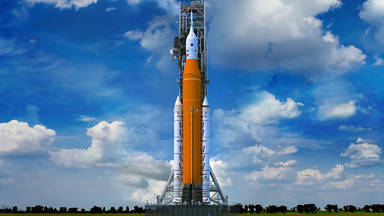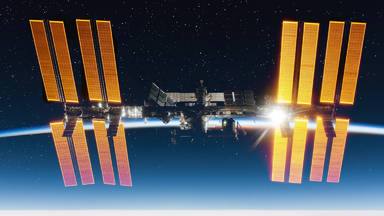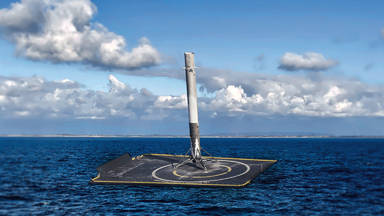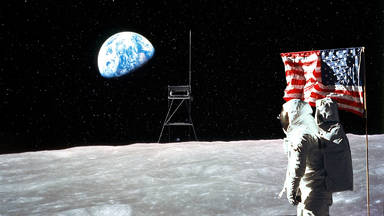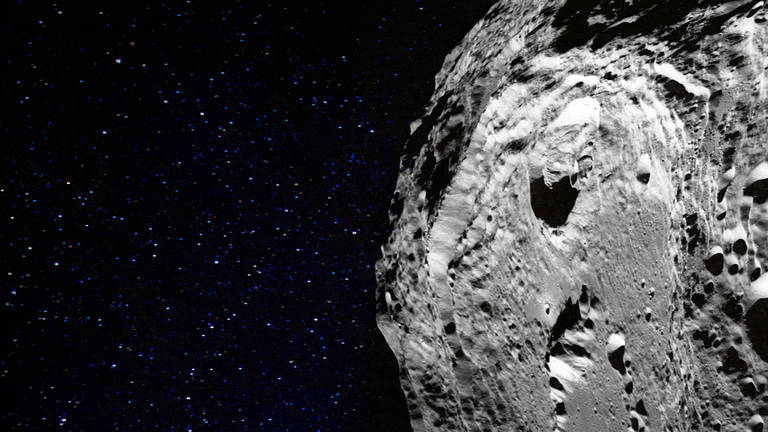
The rare-earth elements and various alloys are crucial for Environment-friendly technologies such as electric vehicles and renewable energy. The problem is that on Earth their availability is finite. What if we could get our hands into all the materials that fly through space? Some researchers say we may excavate asteroids in the near future.
What can we extract from asteroids?
Sooner or later, we will run out of Earth's mineral reserves. How long will that take? For some elements and ingredients, it could be less than 50 years based on some estimates.
For example, Indium, which is a crucial rare earth element used for thin-film solar panels, could disappear within 18 years.
Another example is Platinum. Fuel Cell Electric Vehicles, aka FCEVs, need platinum as a reactant. If we converted 500 million vehicles to fuel cells, we would run out of platinum within 15 years to keep them operational. And that includes recycling along with mining new platinum.
You can probably see why it makes sense to look for alternative supplies. Space mining may sound like science fiction at the moment, but what if we could mine on the Lunar surface using solar energy? We can also literally catch an asteroid and obtain water and other elements to use as spacecraft fuel. Before examining the more futuristic plans about space-mining, let's try to find out its practicability comparing to earth-mining.
These types of asteroids are crucial for space colonization as they hold water and other ingredients that could be used as combustibles.
How to capture such a bulky rock?
By meeting the asteroid's rotational velocity, a robotic spaceship would use its solar electric thrust to dismantle it and embed it in a container. The section would then take the large stone into a high lunar orbit.
The contributors of the research stated that this operation would be achievable by 2025, as long as 3 purposes are fulfilled.
First, discover more asteroids that can be ported close to Earth; Next, improve solar electric propulsion technology to decrease transportation time; and eventually, establish human settlements on the Moon.
In case that seems out of reach, remember that the Rosetta Spaceship managed to land on a comet 2.5 miles wide, 6 years ago. Of course, NASA's $2.6-billion estimation might seem like an insane price for asteroid mining, but we need to put that into perspective.
The establishment of a rare-earth-metal platinum mine would cost $1 billion on Earth. It is indeed cheaper than going to space, but according to Planetary Resources, we could get up to $50 billion of platinum from a 98-foot asteroid. But, as one may expect, things are a bit more intricate.
The cost of transporting supplies from space to Earth is astronomical. Based on a profitability examination study, it costs $35,000 per kilogram of platinum. This study considered platinum because it would be worth seeking in space due to its high value-to-mass ratio.
Their model assessed the effect of several determinants on mining workability, such as price flexibility. They also analyzed the introduction of space platinum to the Earth market and the resulting reduction in terrestrial production.
Overall, they have confirmed that asteroid mining and the return of platinum to Earth is beneficial in only a few unlikely circumstances.
The researchers suggest improving mining efficiency and expanding the production of small spaceships as principal factors in growing the economics of asteroid mining for platinum. Moreover, the reusable spaceship would maximize earnings. SpaceX showed how big the influence of reusability on space flight is.
What about the lunar surface?
Lunar exploration company "ispace" has started the “HAKUTO-R” program. The first of a series of missions is planned for next year, which will land the first robotic spaceship on the lunar surface.
In two years, a secondary mission with a rover to examine the lunar water will follow, and of course, water is what they are most interested in. There are up to tens of billions of tons of water in the form of permafrost and ice at the moon poles.
Water is the oil of space industrialization.
In addition to quenching spacemen's thirst, water is a source of hydrogen that could be used to drive spacecrafts. But there is an even more exciting way to obtain fuel from water.
A Silicon Valley startup is using plant photosynthesis. By feeding CO2, water, and electricity to an electrolysis cell, they can generate methane; And liquid methane is the SpaceX Raptor engine's fuel.
Moreover, they could apply this method right on the Moon or Mars where a lot of carbon dioxide is captured from the atmosphere. This would help defeat one of the main barriers to space missions, which is the availability of fuel.
However, quite like Earth, asteroids and other planetoids have limited resources. Whatever future mining pathway we run into, recycling and reuse will invariably be a fundamental component.


